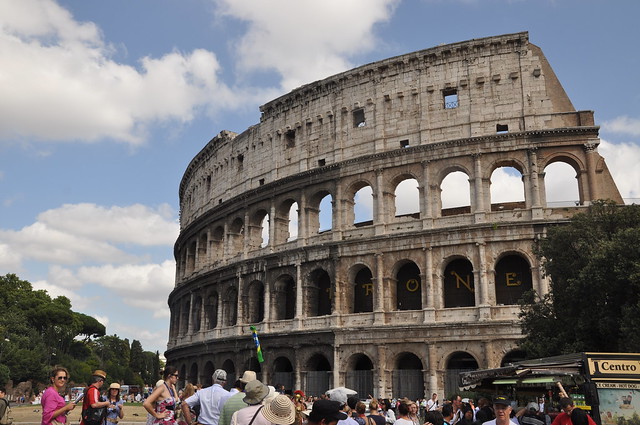
O Anfiteatro Flaviano é o principal símbolo da cidade e o seu monumento mais visitado, acumulando por isso filas de turistas "desesperados" para comprar uma entrada para visitar o seu interior.
Há uma solução para escapar a essas filas ou melhor, duas. A primeira que foi a que utilizámos, comprar um Roma Pass que tem fila própria no Coliseu e que funciona como uma Via Verde para podermos entrar, custa 25€ e pode ser comprado pela internet ou em qualquer posto de turismo (nós comprámos no aeroporto).
The Flavian Amphitheater is the main symbol of the city and its most visited monument, accumulating queues of tourists so "desperate" to buy a ticket to visit it.
There is a solution to escape these queues or rather two. The first was the one we used, we bought a Roma Pass which has its own queue at the Colosseum and it works like a Via Verde (fast toll) in order to get in, costs 25 € and can be purchased online or at any tourism office (we bought ours at the airport).
There is a solution to escape these queues or rather two. The first was the one we used, we bought a Roma Pass which has its own queue at the Colosseum and it works like a Via Verde (fast toll) in order to get in, costs 25 € and can be purchased online or at any tourism office (we bought ours at the airport).
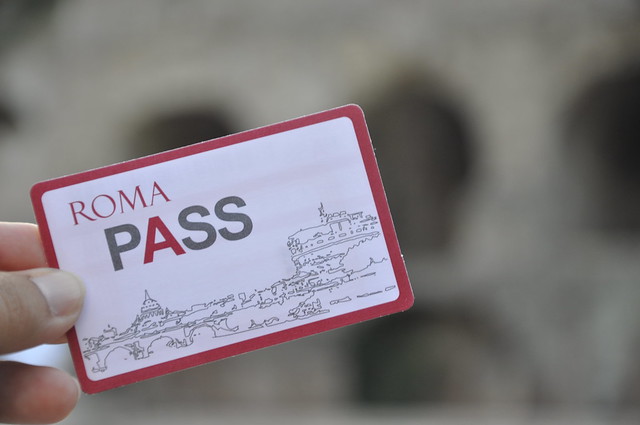
Oferece duas entradas em monumentos ou museus á escolha, que neste caso utilizámos para o Coliseu + Forum + Palatino. A outra forma é ir á entrada do Monte Palatino (que tem menos fila) e comprar o bilhete que é combinado poupando a fila de espera no Coliseu.
Ainda que seja um sobrevivente com quase 2000 anos, a verdade é que temos que puxar pela imaginação agora que o visitamos. Viveu a ascensão e queda do império romano, foi deixado ao abandono, sobreviveu aos vários terramotos e ainda hoje é utilizado para eventos religiosos, estando assim longe das suas origens de arena de espectáculos que envolviam gladiadores e feras.
It offers two tickets to monuments or museums of choice, in this case we used the Colosseum + Palatino + Forum. The other way is to go to the entrance of the Palatine Hill (which has less queues) and buy the combined ticket saving the queue at the Colosseum.
Although it is a survivor of almost 2000 years, the truth is that we have to use our imagination now that we visit. Experienced the rise and fall of the Roman Empire, was left abandoned, survived several earthquakes and is still used for religious events, thus being far from it's original use of arena that hosted shows involving gladiators and beasts.
Although it is a survivor of almost 2000 years, the truth is that we have to use our imagination now that we visit. Experienced the rise and fall of the Roman Empire, was left abandoned, survived several earthquakes and is still used for religious events, thus being far from it's original use of arena that hosted shows involving gladiators and beasts.
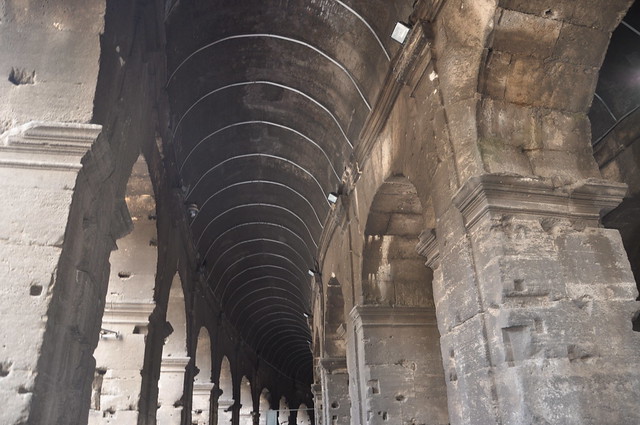
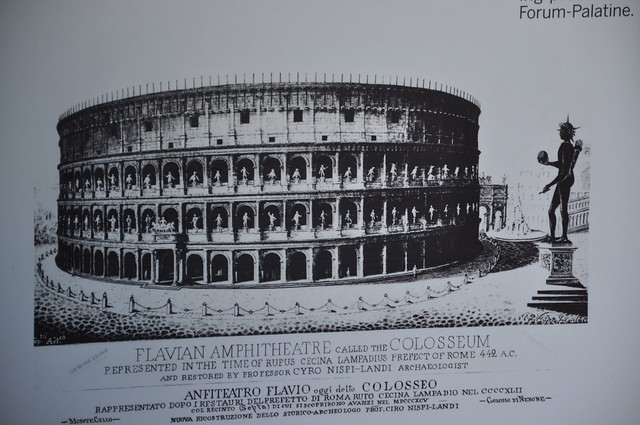
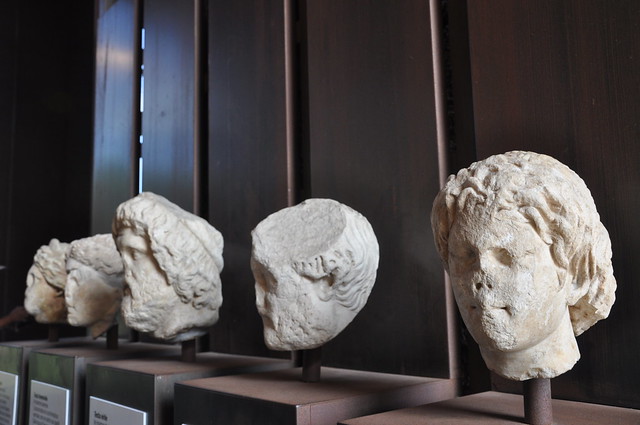
Nos corredores do piso superior podemos ver uma exposição sobre a história da Domus Aurea de Nero e algumas das riquezas encontradas pelos arqueólogos tanto na Domus Aurea (o Palácio de Nero construído depois do grande incêndio de 64 d.C.), como na área entre o Foro e o Coliseu.
A exposição ainda que pequena tem um conteúdo bastante variado, desde estátuas a bustos, quadros de mosaicos, passando por objectos da vida quotidiana da época como por exemplo moedas, vasilhas de barro, etc..
In the corridors of the upper floors we can see an exhibition about the history of Nero's Domus Aurea and some of the things found by archaeologists in both the Domus Aurea (Nero's Palace built after the great fire of AD 64), like the area between the Forum and the Colosseum.
The exhibit although small still has a content quite varied, from statues to busts, mosaics and also everyday objects of the era such as coins, clay pots, etc..
The exhibit although small still has a content quite varied, from statues to busts, mosaics and also everyday objects of the era such as coins, clay pots, etc..


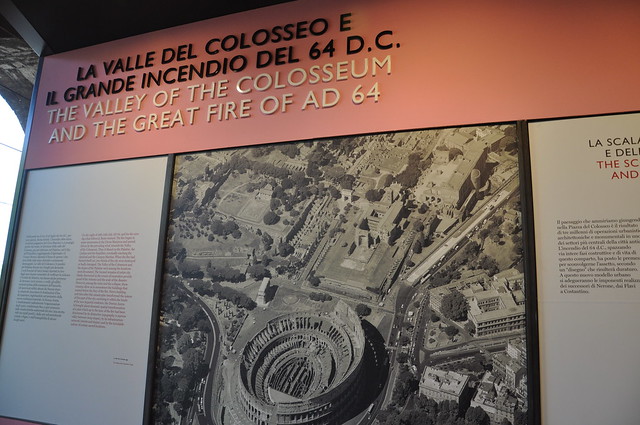

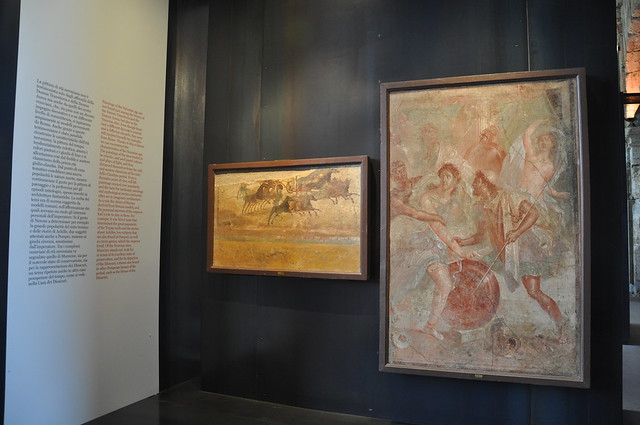
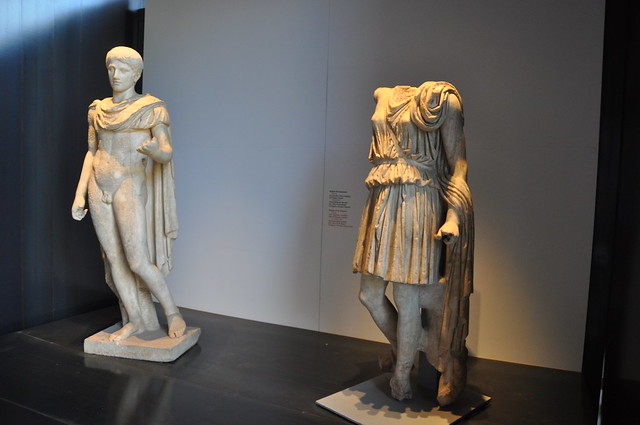
Seguimos a nossa visita sempre a perguntar quando chegaria a parte da arena, nenhuma foto num guia turístico nos prepara para a real dimensão do interior do Coliseu. Temos que recorrer a uma boa de imaginação para entender como seria na sua época apoteótica porque o tempo o foi debilitando.
Fazemos uma pausa para o apreciar, tentamos depois tirar fotos esperando que a objectiva consiga capturar bem a essência do Coliseu.
O nosso próximo passo foi entender como funcionava, as catacumbas em baixo onde feras, gladiadores e escravos iam passando pelos apertados corredores. Vemos o que seriam as pequenas celas imaginando com ajuda de algumas referências cinematográficas ("O Gladiador" e "Spartacus") como seria o compasso de espera até entrar na arena e lutar pela sobrevivência.
Por cima, tapando a luz do dia, um estrado em madeira coberto com areia era o palco para as lutas entre gladiadores, execuções utilizando animais ou a caça que grande parte era feita com felinos como leões e leopardos.
Hoje em dia o único felino que por ali vemos é o gato, um pouco mais relaxado do que os que antes percorriam a arena.
We continue our visit always askins when we would arrive at the arena, no photo in a guidebook prepares us for the real dimension of the interior of the Colosseum. We have to use a good deal of imagination to understand how it would be in it's best season because the time is destroying it.
We took a moment to enjoy it, then we tried to take pictures hoping that the lens could capture well the essence of the Colosseum.
Our next step was to understand how it worked, the catacombs beneath where beasts, gladiators and slaves were passing through tight corridors. We saw what could be the small cells with the help of some cinematic references ("Gladiator" and "Spartacus") and how it would the wainting period to enter the arena be and the fight for survival.
On top, hiding the light of day, a wooden pallet covered with sand was the stage for the fights between gladiators, executions using animals or hunting with felines like lions and leopards.
Nowadays the only feline that we see out there is the cat, a little more relaxed than before they roamed the arena.
We took a moment to enjoy it, then we tried to take pictures hoping that the lens could capture well the essence of the Colosseum.
Our next step was to understand how it worked, the catacombs beneath where beasts, gladiators and slaves were passing through tight corridors. We saw what could be the small cells with the help of some cinematic references ("Gladiator" and "Spartacus") and how it would the wainting period to enter the arena be and the fight for survival.
On top, hiding the light of day, a wooden pallet covered with sand was the stage for the fights between gladiators, executions using animals or hunting with felines like lions and leopards.
Nowadays the only feline that we see out there is the cat, a little more relaxed than before they roamed the arena.
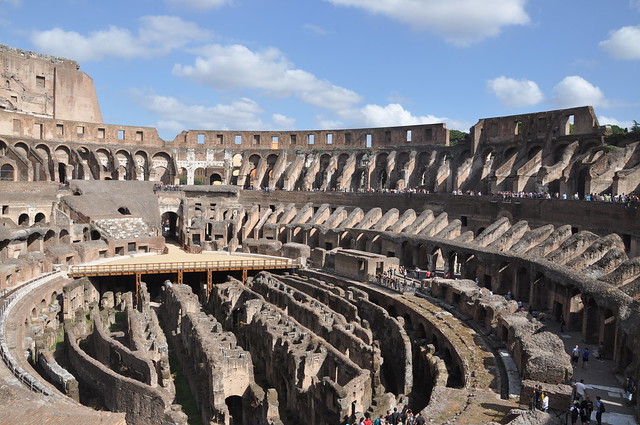
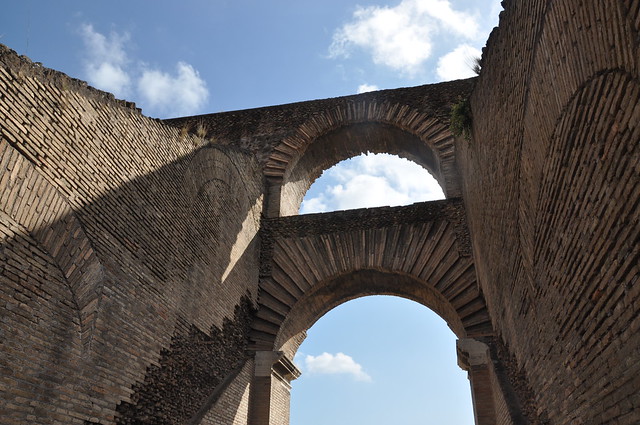
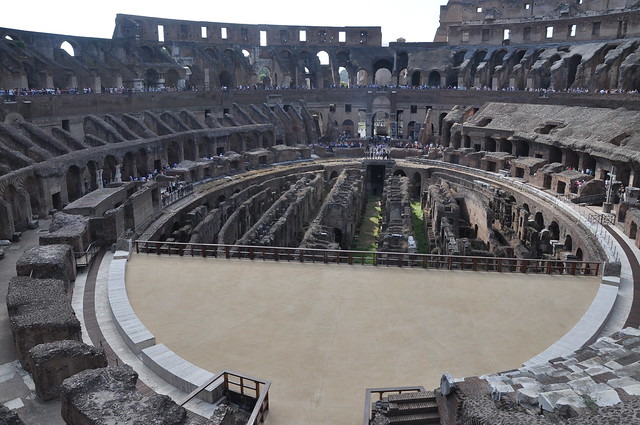
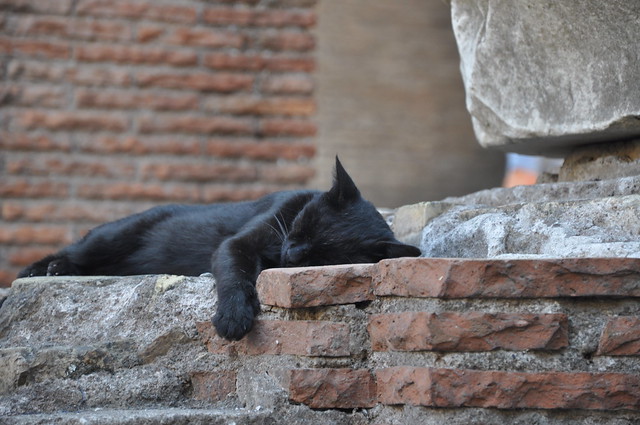
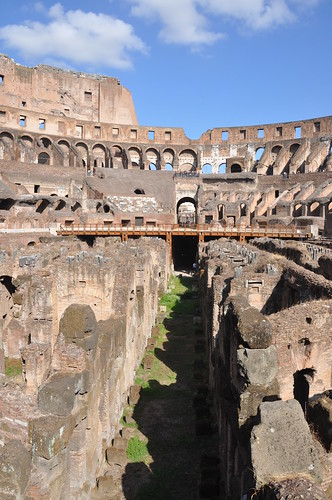
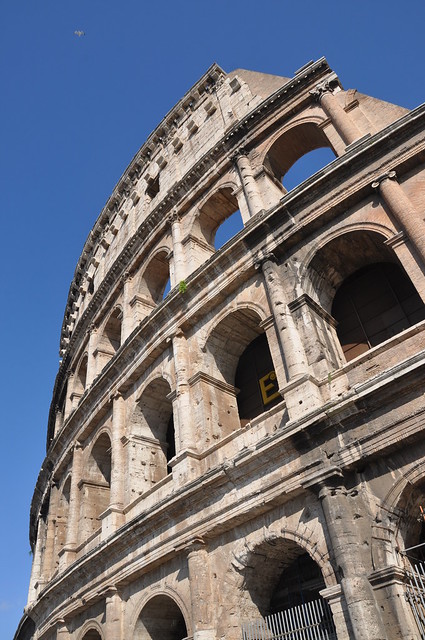
É o cartão de visita da cidade, não é o seu único encanto mas deixa sem dúvida a sua marca, pela sua dimensão, pela sua capacidade de resistir ao tempo e pela história que conta.
It's the city visiting card, it's not it's only charm but it leaves it's mark for it's dimmension, for it's hability to resist time and the story it tells.
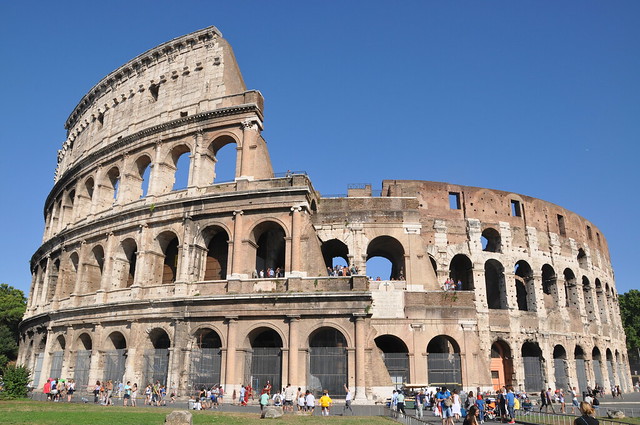

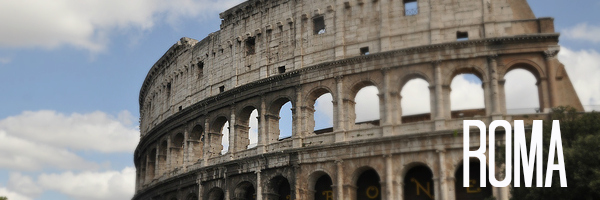
Sem comentários:
Enviar um comentário